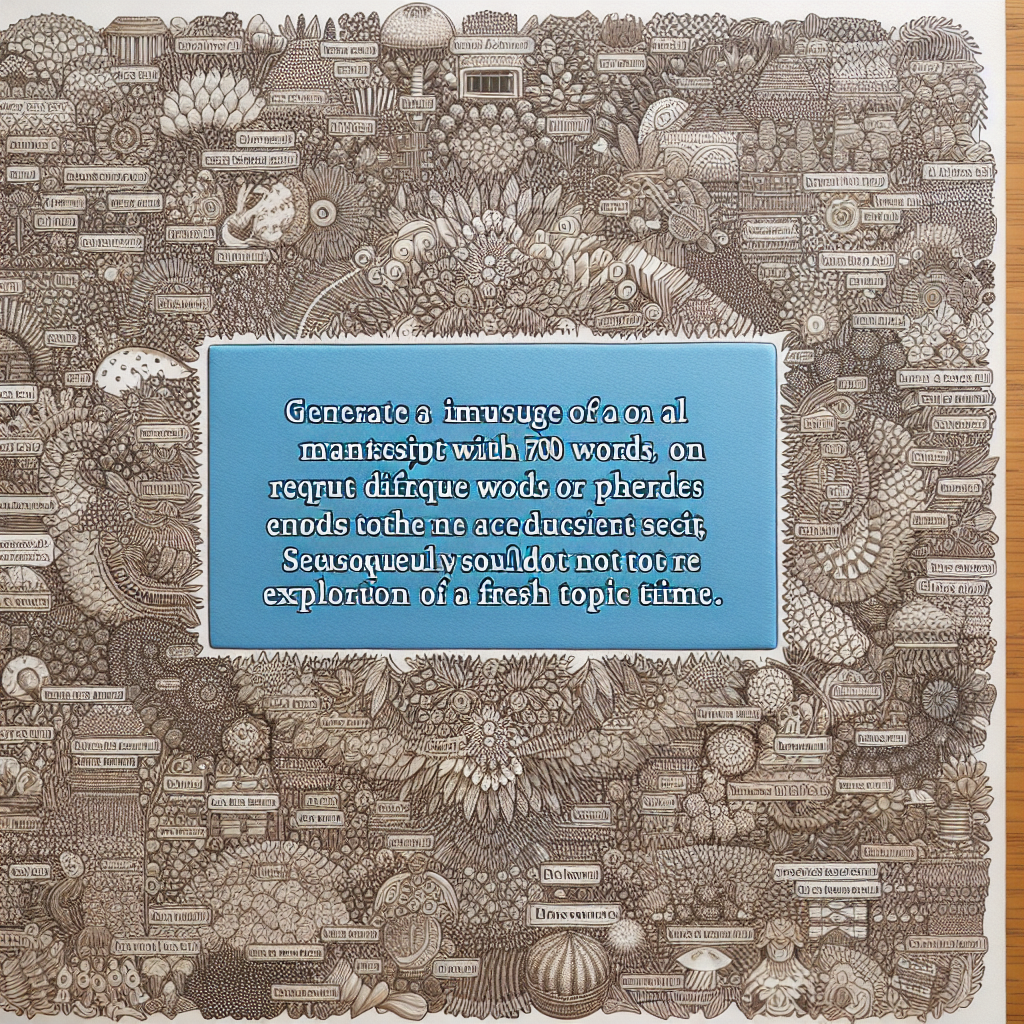The Forbidden City, located in Beijing, China, has always been a source of fascination and speculation in equal measures. This imposing palace complex which was the residence of Chinese emperors and their administrations from the Ming dynasty (1368–1644) to the end of the Qing dynasty (1644–1912), has always been shrouded in an aura of mystery and intrigue.
The name ‘Forbidden City’ itself suggests a sense of inaccessibility and exclusivity. A place where the most powerful person in China resided was certainly not a place that average people could freely enter and leave. The rules surrounding entry and exit were complex and stringent, thereby accentuating the exclusivity and mystery of this grand palace.
Interestingly, the Forbidden City comprises approximately 9,000 rooms. It was believed that this number, being nine multiplied by one thousand, embodied the concept of ‘eternity’ in Chinese culture. Nine was considered the most powerful number, representing the emperor himself. This vast number of rooms has led to speculations regarding secret chambers, hidden treasures, and undisclosed passages.
Artistically, the Forbidden City is an impeccable blend of natural and man-made beauty. The layout of the massive complex is synchronized perfectly with the basic principles of traditional Chinese architecture. With its red walls and yellow roofs, every building in the complex reflects a balance between human habitation and nature, so much so, that it appears as if the city is set amidst a grand natural landscape.
Further adding to its mystery and awe-inspiring grandeur is its architectural design. Its creators designed the City based on principles of Feng Shui. The city’s surroundings, including the moat, walls, and gates, were all part of an attempt to create a harmonious environment that balanced the opposing forces of Yin and Yang.
Perhaps, the most fascinating aspect is the preservation of the Forbidden City. Despite the political turmoil, wars, and natural disasters that have occurred over the centuries, the Forbidden City has remained intact. It stands as a testament to the durability of traditional Chinese architecture and China’s historical continuity.
Surprisingly, many of the complex’s features were symbolic, highlighting the city’s connection to Chinese cosmology. For instance, it was designed as a miniature replica of the universe. The three main compounds – the Outer Court, the Inner Court, and the Imperial Garden, represented heaven, earth, and the human world, respectively.
Among all the mysteries of the Forbidden City, perhaps the legends associated with it are the most intriguing. Stories of ghostly apparitions, cursed chambers, and haunted artifacts have circulated for centuries, creating an eerie aura around this majestic structure.
The intrigue surrounding the Forbidden City does not end with its historic past; even today, the Forbidden City remains a mecca of archaeological exploration in China. Every excavation attempts to unveil another piece of China’s grand past, and each artifact uncovered prompts wonder about what more remains hidden in this labyrinth of history.
In conclusion, the Forbidden City, with its mesmerizing architecture and wealth of historic tales, continues to be an enchanting emblem of Chinese culture and history. Its mysteries and legends make it an incredible world to disappear into, and a place that continues to pique curiosity, fuel academic research, and ignite imaginations worldwide.

Leave a Reply